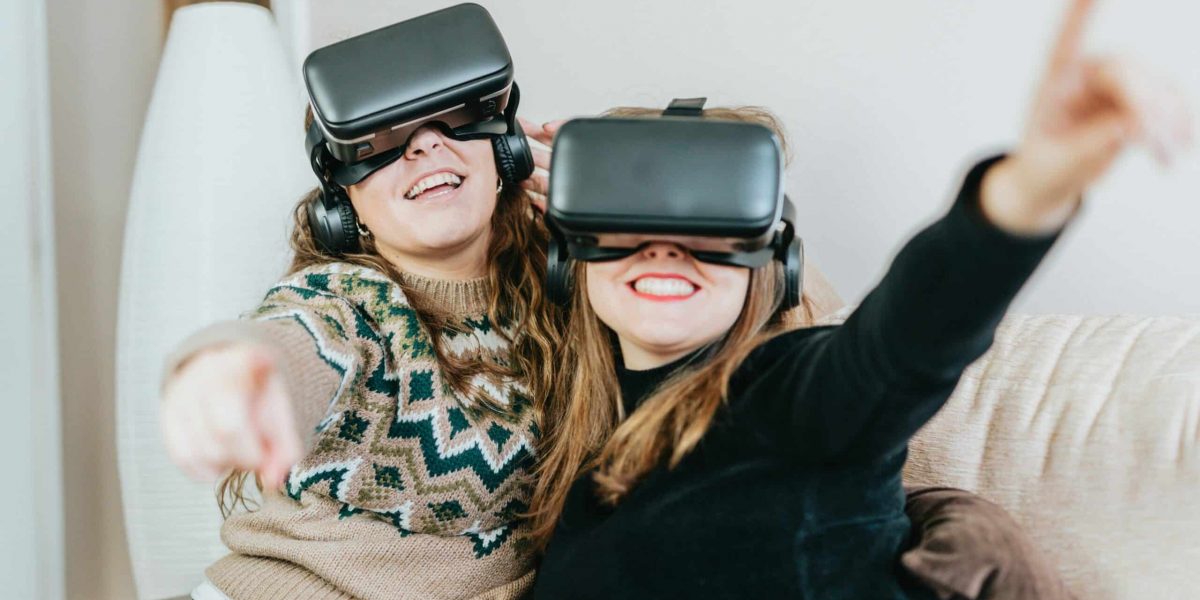How Are Augmented Reality and Virtual Reality Transforming Entertainment?
Augmented Reality (AR) and Virtual Reality (VR) are reshaping the entertainment industry by immersing audiences in entirely new ways. Unlike traditional media, which merely tells a story, AR and VR allow users to become part of the narrative. This shift opens up a realm of possibilities, from interactive gaming experiences to live concerts where participants feel like they’re in the front row, even from their living rooms.
AR, which overlays digital elements onto the real world, enhances experiences without removing users from their environment. Think of apps like Pokémon Go, where the lines between the physical and digital worlds blur seamlessly. On the other hand, VR creates fully immersive environments, transporting users to entirely different realms. Whether exploring a fantasy world or diving into historical reenactments, VR provides an unparalleled depth of engagement.
The entertainment industry is leveraging this technology to create personalized and interactive experiences. Movies are no longer confined to the screen; they can become immersive journeys. Gaming, in particular, has benefited immensely, with VR systems like the Oculus Quest delivering lifelike adventures that push the boundaries of creativity. These technologies don’t just entertain—they inspire users to engage more deeply with the content.
Can AR and VR Revolutionize How We Learn?
In education, AR and VR are transforming the way knowledge is delivered and absorbed. Traditional teaching methods often rely on textbooks and lectures, but these technologies make learning more interactive and engaging. Imagine biology students exploring the human body in 3D with AR overlays or history students walking through ancient cities using VR simulations.
AR, in particular, shines in classroom settings. By overlaying information on real-world objects, it provides contextual learning opportunities. For example, pointing a device at a globe might display detailed information about a country, including its history, culture, and economy. This interactive approach makes complex concepts easier to understand and retain.
Meanwhile, VR excels in immersive experiences. It allows learners to practice skills in simulated environments, making it invaluable for vocational training. From medical students practicing surgeries in a risk-free setting to pilots mastering flight controls in a virtual cockpit, VR ensures hands-on learning without real-world consequences.
These technologies also foster inclusivity. For students with disabilities, AR and VR can provide tailored solutions, ensuring equal access to quality education. Whether through voice-activated controls or tactile feedback, these tools adapt to individual needs, breaking down barriers to learning.
What Does the Future Hold for AR and VR in Daily Life?
As AR and VR continue to evolve, their integration into everyday life becomes increasingly apparent. These technologies are no longer limited to entertainment and education—they’re making their way into healthcare, retail, and even social interactions.
In healthcare, AR-assisted surgeries provide doctors with detailed visuals of a patient’s anatomy, improving precision and outcomes. VR, on the other hand, is being used for mental health therapy, offering calming virtual environments for stress relief or exposure therapy for phobias.
Retail is also experiencing a transformation. Imagine trying on clothes virtually or visualizing furniture in your home before making a purchase. AR-enhanced shopping experiences are already being adopted by major brands, providing convenience and reducing buyer hesitation.
Socially, AR and VR are redefining how we connect. Virtual meetings, once constrained by 2D screens, are becoming immersive gatherings where participants feel present in shared spaces. These advancements are particularly promising for remote work, as they foster collaboration and a sense of proximity despite physical distances.
While these technologies hold immense promise, they also raise important questions about accessibility and ethics. Ensuring that AR and VR are affordable and inclusive will be key to their widespread adoption. Additionally, protecting user data and addressing concerns about over-immersion are challenges that developers and policymakers must tackle.








